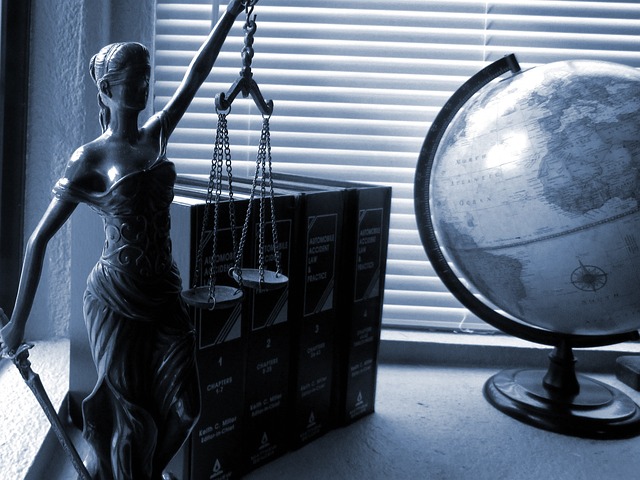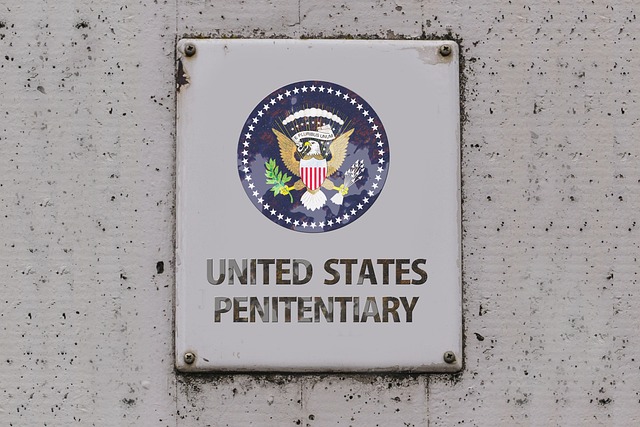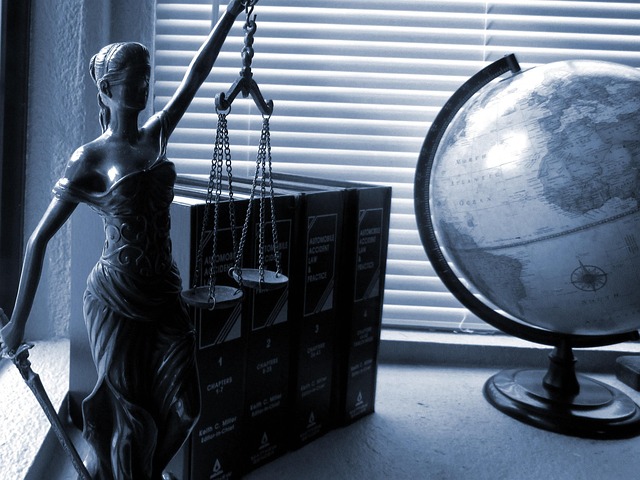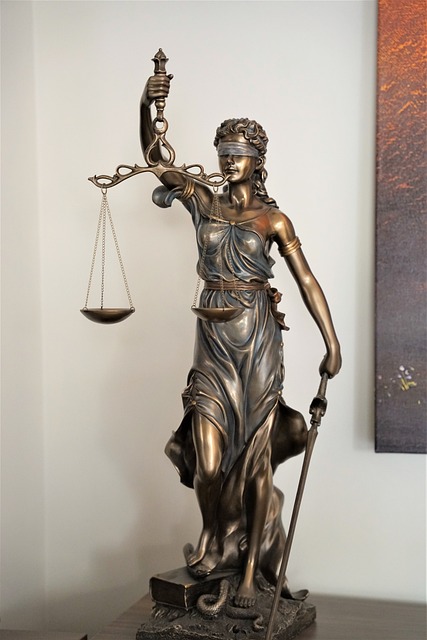The future of Driving Under the Influence (DUI) law is shaped by advancements in automotive technology, including self-driving cars and Advanced Driver Assistance Systems (ADAS). Integrating these safety features can significantly reduce drunk driving incidents, but they also raise complex legal issues. Balancing public safety with innovation requires clear guidelines addressing liability, data privacy, cybersecurity, and artificial intelligence. This evolution underscores the critical role of Vehicle Safety Features and DUI Law in navigating the challenges and promises of cutting-edge automotive technologies.
In today’s rapidly evolving technological landscape, the future of vehicle safety features and DUI (Driving Under the Influence) law is a dynamic interplay of innovation and regulation. Advanced Driver Assistance Systems (ADAS) have revolutionized driving, but they also challenge traditional DUI laws. This article explores the intersection of cutting-edge tech and legal implications, focusing on autonomous vehicles and connected cars. We discuss the importance of proactive legal adaptation to ensure effective enforcement while harmonizing global vehicle safety standards and legal frameworks.
- The Evolving Landscape of DUI Law and Technology
- – Exploring the intersection of cutting-edge tech and legal implications
The Evolving Landscape of DUI Law and Technology

The landscape of Driving Under the Influence (DUI) law is constantly evolving, driven by advancements in automotive technology and a relentless pursuit of enhanced vehicle safety features. As self-driving cars and advanced driver assistance systems (ADAS) become increasingly prevalent, legal frameworks must adapt to address new complexities. For instance, defining liability in cases involving autonomous vehicles raises intriguing questions: Who is responsible when an AI-driven car makes a mistake—the manufacturer, the software developer, or the owner?
Tech solutions play a pivotal role in future-proofing DUI law. Integrating vehicle safety features like collision avoidance systems, lane departure warnings, and alcohol detection sensors can significantly reduce drunk driving incidents. These technologies not only assist in preventing accidents but also gather data that can aid legal proceedings. However, as we navigate this technological revolution, it’s crucial to establish clear legal guidelines to ensure public safety while fostering innovation in the automotive industry.
– Exploring the intersection of cutting-edge tech and legal implications

The intersection of cutting-edge technology and legal implications is a dynamic field, particularly in areas like vehicle safety features and DUI (Driving Under the Influence) law. As autonomous vehicles and advanced driver assistance systems (ADAS) gain traction, legal frameworks are challenged to keep pace with rapid technological advancements. For instance, while these innovations promise enhanced road safety by reducing human error, they also raise complex questions regarding liability in the event of accidents.
Tech solutions future-proofing law require a nuanced approach that considers both the benefits and risks associated with new technologies. In the context of vehicle safety features, legal systems must adapt to address issues like data privacy, cybersecurity threats, and the evolving role of artificial intelligence in driver assistance. Balancing these considerations is crucial to ensure that laws remain effective in promoting public safety while fostering innovation in the automotive industry.
As technology continues to revolutionize transportation, integrating vehicle safety features and leveraging data-driven insights are crucial steps towards future-proofing DUI law. The evolving landscape demands a dynamic legal framework that adapts to innovations in autonomous vehicles, advanced driver assistance systems (ADAS), and real-time data analysis, ensuring public safety without stifling technological advancements. By staying agile and informed, legal professionals can navigate this intricate tapestry of tech and legislation, fostering a safer and more sustainable future for all road users.






